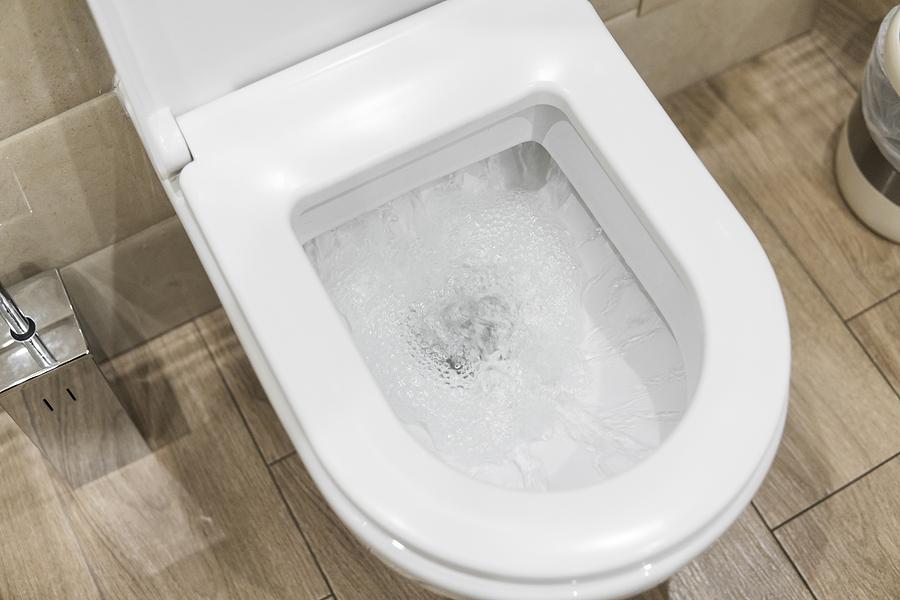Call This Monday to Get $50 OFF
Call us today
214-943-2424

In the realm of plumbing dilemmas, there exists a phenomenon that may seem abnormal but is, in fact, a common occurrence in many households: "ghost flushing." This eerie-sounding term refers to the mysterious and unexplained phenomenon of toilets flushing by themselves, often without any human intervention. While it may sound like something out of a supernatural thriller, ghost flushing has a surprisingly mundane explanation rooted in the mechanics of toilet systems.
Ghost flushing typically occurs when a toilet flushes spontaneously, seemingly without any external trigger. This phenomenon can manifest in various ways, from intermittent flushes to continuous flushing cycles that persist despite no one using the toilet. While it may initially seem like a minor inconvenience, ghost flushing can lead to increased water usage, higher utility bills, and unnecessary wear and tear on toilet components. Additionally, the constant sound of flushing can be disruptive and irritating for occupants of the household.
Several factors can contribute to the occurrence of ghost flushing in toilets. One common culprit is a faulty flapper valve or flush valve seal. Over time, these components can deteriorate, resulting in leaks that allow water to escape from the tank into the bowl. As water levels drop in the tank, the toilet's fill valve kicks in to replenish the water supply, triggering a flush cycle. Additionally, issues such as a defective fill valve, sediment buildup in the tank, or improper installation of toilet components can also contribute to ghost flushing.
Beyond the annoyance of hearing your toilet flush on its own, ghost flushing can have practical implications for homeowners. The continuous flow of water into the toilet bowl not only wastes water but also increases water bills over time. Furthermore, the constant cycling of the toilet's mechanisms can accelerate wear and tear, leading to the need for more frequent repairs or even renewal of toilet installation. Addressing ghost flushing promptly is essential to mitigate these consequences and restore the toilet to proper functioning.
When faced with ghost flushing or any other toilet-related issue, seeking the expertise of a professional plumber at Texas Rooter is crucial. A qualified plumber can diagnose the root cause of the problem and recommend appropriate solutions to address it effectively. Whether it involves replacing worn-out components, adjusting water levels, or conducting a comprehensive toilet repair, a skilled plumber from Texas Rooter can restore your toilet to optimal performance and eliminate the nuisance of ghost flushing.
While ghost flushing may seem like an inevitable occurrence, there are steps homeowners can take to prevent it from happening. Regular maintenance of toilet components, such as inspecting and replacing flapper valves and flush seals as needed, can help prevent leaks and reduce the likelihood of ghost flushing. Additionally, avoiding flushing foreign objects down the toilet and refraining from using harsh chemical cleaners that can damage toilet mechanisms can help maintain the integrity of the toilet system. Finally, by enlisting the services of a professional plumbing repair service, homeowners can effectively diagnose and resolve ghost flushing issues, restoring peace and functionality to their toilets once more.
We all know that extremely cold weather can lead to frozen and burst pipes.…
Read MoreHave you ever walked into your basement after a heavy rain and found water everywhere?…
Read MoreHave you ever been startled by a strange noise coming from your water heater? Those…
Read MoreWater isn't always as pure as it seems. Contaminants—from harmless minerals to potentially harmful chemicals—can…
Read MoreImagine you’re hosting a backyard barbecue in sunny Texas when you…
Read More